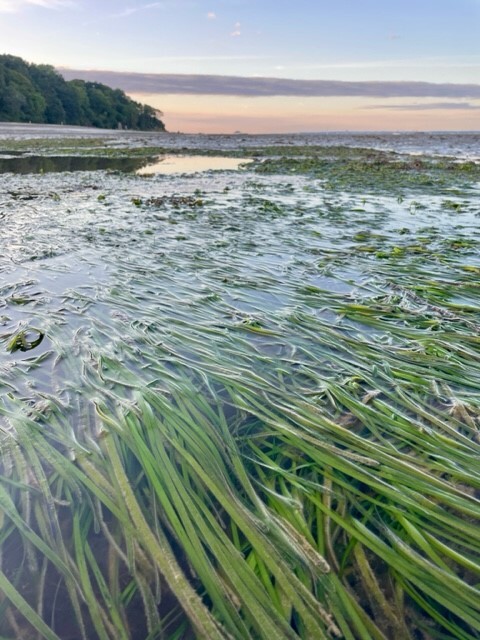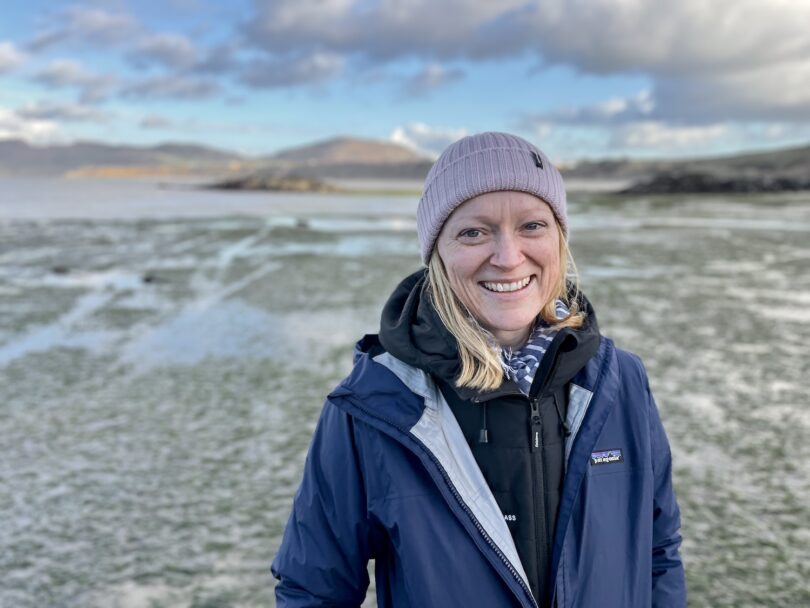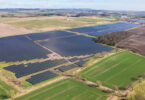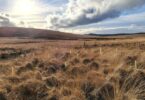Leanne Cullen-Unsworth has spent her career working to protect and restore seagrass meadows. As CEO and charity co-founder of Project Seagrass, she has been a crucial team member, fighting for change and looking ahead at what more can be done to ensure this vital ecosystem continues to thrive in the future.
Saving The World’s Seagrass
Project Seagrass is an environmental charity dedicated to advancing seagrass conservation through education, influence, research and action. Leanne has been involved since 2014, when she formally joined as one of the first directors. She was also an original trustee when they achieved charitable incorporated organisation status in 2015.
Leanne told me how she first became interested in seagrass and why she felt it was so important to focus her work on it:
“I first connected with seagrass accidentally, back in the early 2000s, researching marine resource use patterns in Indonesia for my PhD. I had no idea before then that seagrass was relied upon by so many people and that it sustained life and lifestyles to such an extent. Everywhere there is seagrass, people depend on it for food, subsistence or cultural fulfilment. It delivers human and planetary wellbeing across its range in many different ways. And that is why I was inspired to join the Project Seagrass team and to use my skills and knowledge to support a future where seagrass thrives in harmony with people.”

Saving The World’s Seagrass
Seagrass And Our Fight Against Climate Change
Climate, communities and wildlife rely on seagrass for their wellbeing. Its benefits are far-reaching, and it acts as a natural solution for both the climate and biodiversity crises. Seagrass is a wonderful nature-based solution to focus on as it addresses our climate and biodiversity issues while supporting both people and the planet.
“With Seagrass, we have a huge opportunity to drive change. Here is a habitat that has suffered extensive loss across its range over the past century. So, this is where we can put something back to help nature.”
Seagrass soaks up and stores carbon in its tissue and beneath the sediment. It is a natural carbon sink and plays a vital role in our fight against climate change. However, not all seagrasses are equal— their environment, structure and health impact their capacity to provide an effective carbon sink.
”The data on carbon sequestration and storage values is emerging for different types of meadows in different contexts. We know seagrass has huge potential under the right circumstances. Seagrass unquestionably supports very high biodiversity, and healthy seagrass meadows can support the current fight against both the climate and biodiversity crises. It also provides nutrient cycling and natural coastal support- strengthening coastlines and providing a buffer against some storms and climate-related sea level rise.”
Sadly, degradation and loss continue globally. The goal is an overall net gain in terms of extent and improved health of seagrass systems.
“We’re improving our methods of restoration all the time, and there is a lot of solid science happening at the moment that will facilitate the restoration we need at scale, which is fantastic and absolutely essential. We also still have some stunning, dense, healthy meadows teeming with life, supporting incredible biodiversity and providing that carbon storage function if undisturbed. We must do more to protect these existing and healthy systems while bringing back more of what has been lost.”
Team Work
Climate change cannot be tackled in isolation. The greatest success will be seen if ideas are pooled and people combine their knowledge and work.
“Collaboration is key for us. In terms of conservation, we all win, or we all lose together, and Project Seagrass remains an open, collaborative and sharing organisation.”
Project Seagrass has also developed a citizen science app, SeagrassSpotter, which can be used by anyone. The application is used to map and monitor seagrass across its range. It is currently available in nine different languages and active in 106 countries, with 7272 sightings recorded (as of today). They have also had over 3000 volunteers, published over 80 scientific publications and planted 2,000,000 seagrass seeds.
What is Next?
Project Seagrass has seen great success over the last ten years. More and more people are learning about seagrass and its importance, and general awareness has grown enormously since Project Seagrass was first founded. Leanne’s passion for her work shines through, and there is no doubt that Project Seagrass will continue to achieve great things.
“We will continue to develop, share and deliver restoration science and action. We will keep working on the science that is needed to improve methods, on the education and outreach that is needed to bring people on this journey with us, on the advocacy that’s needed to allow us to scale up, and on the collaborations across sectors that are so important to achieve all of this by sharing knowledge and pooling resources for that net gain.”
Leanne explained that their biggest challenge will be maintaining their momentum and staying in the public eye.
“We need to keep the momentum going. We have started something and got people’s attention; the world seems to be listening, so now is the time for us to work even harder at sharing our message on the importance of nature for humanity and why we need to do more to protect and repair our beautiful world. Seagrass, for me, is an ideal example of a habitat that we can use to demonstrate human-nature compatibility because we’re not something separate from nature; we are a part of it.”
Related articles:
Women Driving Change: A Discussion with Mamta Borgoyary and Natalie Sifuma from SHE Changes Climate







